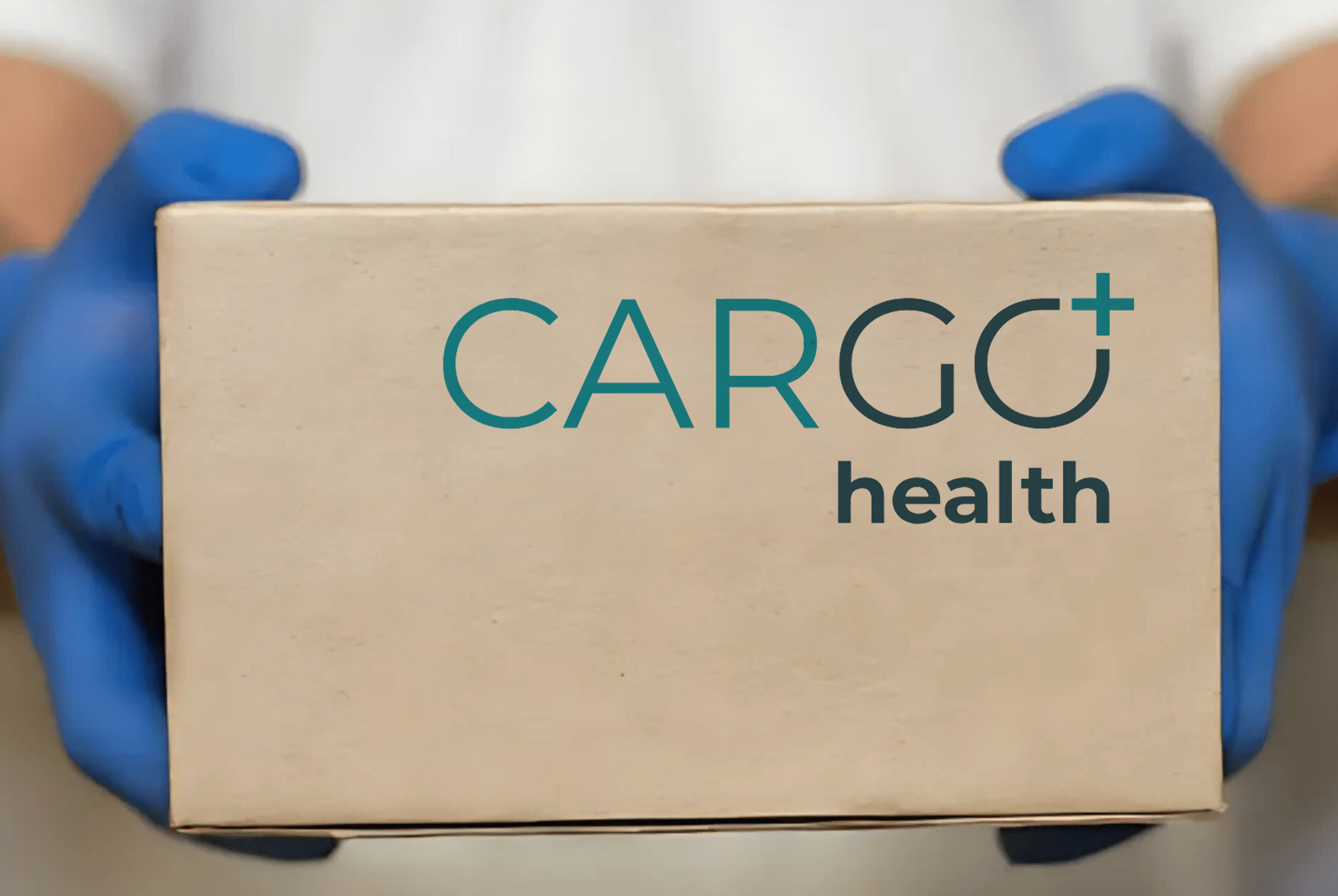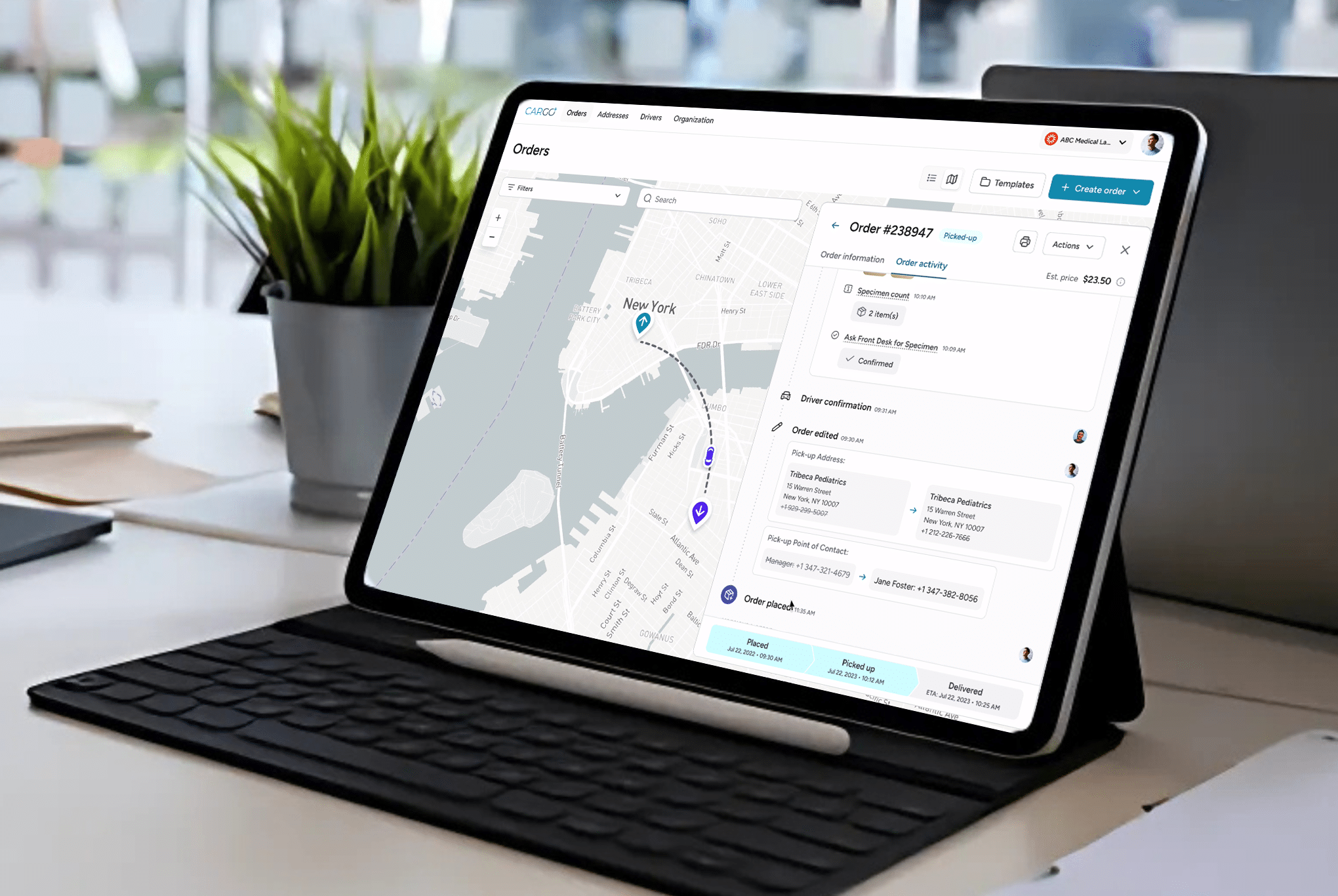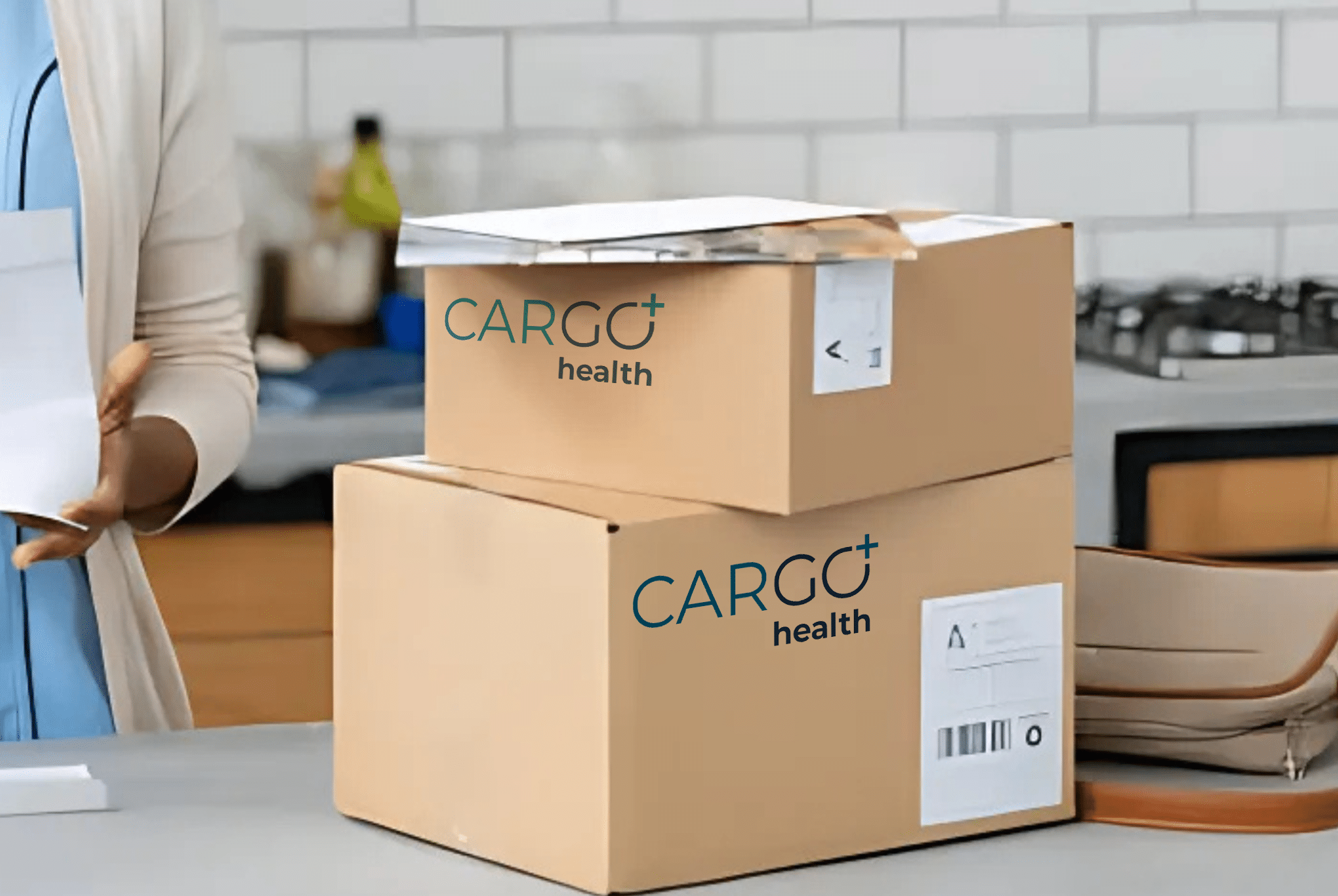Understanding Same-Day vs. Scheduled Medical Deliveries
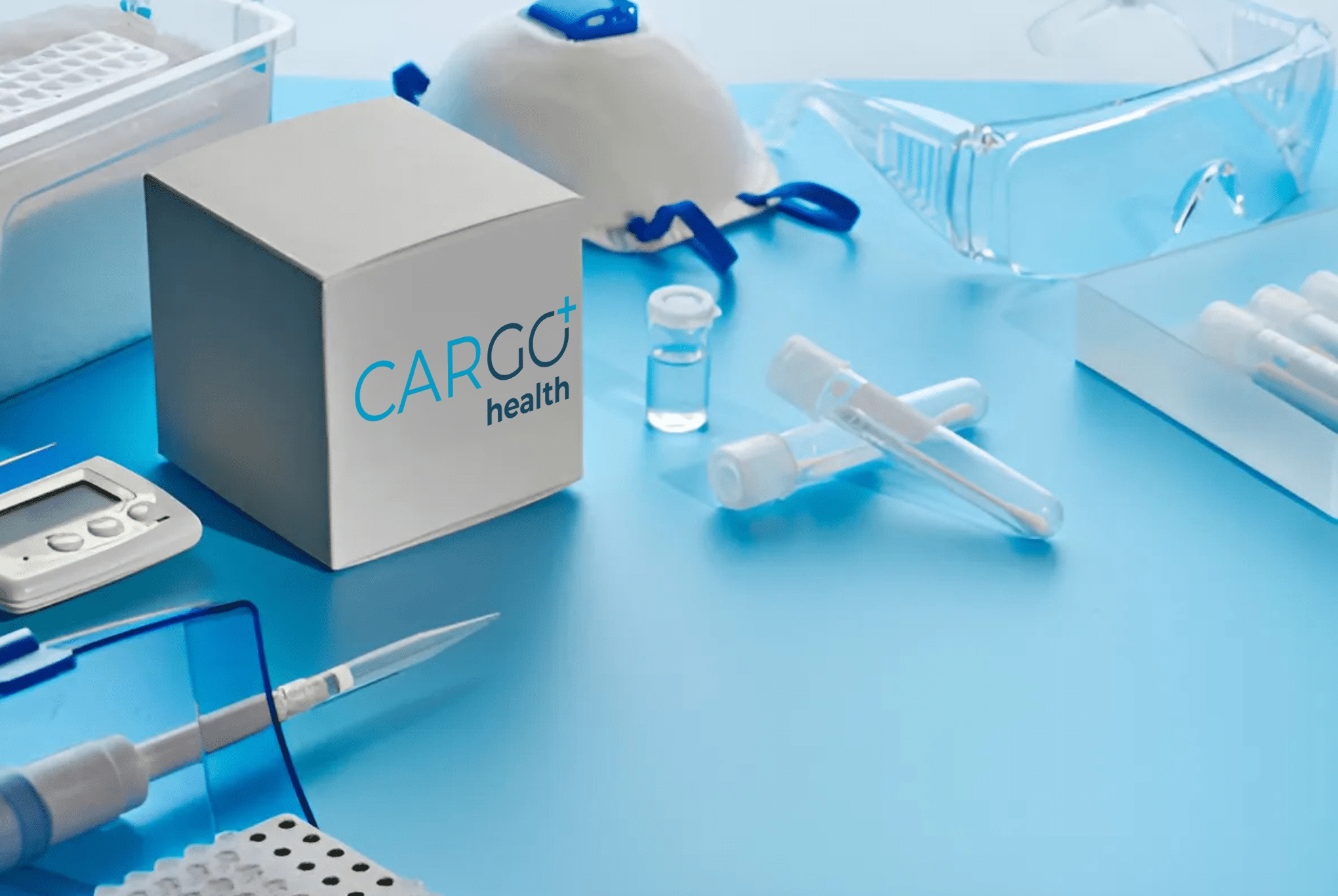
In medical logistics, both same-day and scheduled deliveries play vital roles in ensuring critical items such as specimens, medications, and medical equipment reach their destinations efficiently. The choice between same-day and scheduled services depends on factors like urgency, cost, and resource management. Below, we examine the differences, advantages, and use cases for each type of delivery.
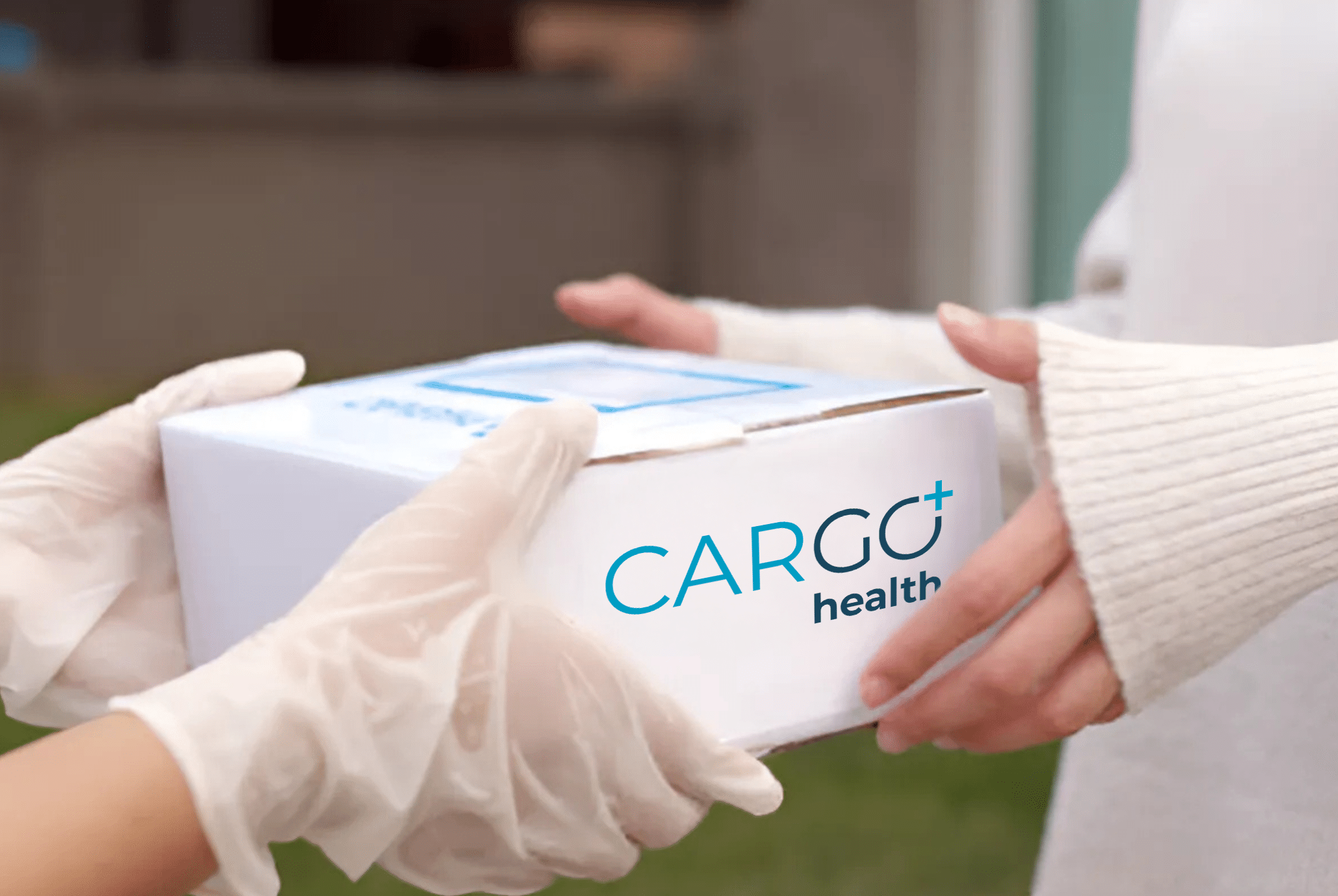
Key Differences Between Same-Day and Scheduled Medical Deliveries
- Delivery Timeframe:
- Same-Day Deliveries: Items are picked up and delivered on the same day, often within a few hours of the request.
- Scheduled Deliveries: Deliveries are pre-arranged for a specific date and time, allowing better planning and resource allocation.
- Urgency:
- Same-Day: Designed for time-sensitive materials, including lab specimens, urgent medications, and organ transplants.
- Scheduled: Suitable for routine deliveries, such as weekly medical supply restocks or non-urgent equipment transfers.
- Cost Considerations:
- Same-Day: Typically incurs higher costs due to urgency, expedited logistics, and the need for dedicated couriers.
- Scheduled: More cost-effective as routes and resources can be optimized ahead of time.
- Flexibility:
- Same-Day: Offers flexibility for last-minute requests or unexpected medical needs.
- Scheduled: Provides a consistent and reliable delivery timeline for predictable demands.
Benefits of Same-Day Medical Deliveries
Same-day medical deliveries cater to urgent and high-stakes scenarios in healthcare logistics, providing significant advantages:
- Rapid Response: Ensures the immediate transport of critical items like blood, organs, or urgent test results.
- Improved Patient Outcomes: Quick access to test results, medications, or medical devices contributes to faster treatment decisions.
- Emergency Situations: Designed to address unplanned events, including emergency surgeries or sudden equipment failures.
- High-Level Precision: Advanced GPS tracking and route optimization ensure minimal delays and real-time updates.
Common Use Cases for Same-Day Deliveries:
- Transporting life-saving medications to hospitals or patients.
- Delivering lab specimens with strict time sensitivity.
- Organ and blood transport for surgeries.
- Addressing unexpected medical supply shortages.
Benefits of Scheduled Medical Deliveries
Scheduled deliveries provide structured, cost-efficient solutions for routine medical logistics. They are ideal for predictable demands and long-term planning.
- Cost Efficiency: Pre-arranged schedules allow logistics companies to optimize routes, reducing operational expenses.
- Resource Management: Allows better allocation of couriers, vehicles, and tools, ensuring efficiency across deliveries.
- Predictability: Scheduled deliveries guarantee consistent timelines, benefiting healthcare facilities with recurring supply needs.
- Reduced Risk of Delays: Proactive planning minimizes the risk of disruptions caused by route changes or scheduling conflicts.
Common Use Cases for Scheduled Deliveries:
- Regular restocking of medical supplies to clinics, hospitals, or pharmacies.
- Delivery of non-urgent equipment like hospital furniture or imaging devices.
- Weekly or monthly replenishment of medication for long-term care facilities.
- Planned transport of test samples to labs for routine diagnostics.
Choosing Between Same-Day and Scheduled Deliveries
To determine the best option for a medical delivery, healthcare providers should consider the following factors:
- Urgency of Delivery: Is the item critical to immediate patient care, or can it be planned?
- Budget Constraints: Does the cost of expedited delivery align with the available budget?
- Frequency of Need: Are deliveries recurring and predictable, or are they occasional and unexpected?
- Item Sensitivity: Does the delivery involve time-sensitive or perishable items?
Technology’s Role in Enhancing Medical Deliveries
Both same-day and scheduled deliveries benefit from advancements in logistics technology, ensuring greater reliability and efficiency:
- GPS Tracking: Enables real-time updates for urgent deliveries and scheduled routes.
- Route Optimization: Reduces delivery time while saving costs for both same-day and pre-planned logistics.
- Automated Dispatching: Allocates couriers efficiently based on delivery priorities.
- Temperature Monitoring: Ensures sensitive medical items maintain required environmental conditions during transport.
Key Takeaways
Both same-day and scheduled medical deliveries address specific needs in healthcare logistics. Same-day services excel in scenarios requiring immediate action, while scheduled deliveries offer consistent, cost-effective solutions for predictable demands. By leveraging technology and understanding the distinctions between these delivery options, healthcare providers can make informed decisions to ensure efficient, timely, and reliable transport of critical medical items.



